Consider Gauss's law
Then, for the situation shown in figure at the Gaussian surface

would be zero.
due to both would not be zero
due to both would not be zero.
due to would be zero.
The correct Answer is:B, D
In of Gauss's law , is due to all point charges present in space and depends only on the enclosed charges.
Topper's Solved these Questions
- BOOK - CENGAGE PHYSICS ENGLISHCHAPTER - ELECTRIC FLUX AND GAUSS LAWEXERCISE - Comprehension36videos
ELECTRIC FLUX AND GAUSS LAW
- BOOK - CENGAGE PHYSICS ENGLISHCHAPTER - ELECTRIC FLUX AND GAUSS LAWEXERCISE - Subjective type7videos
ELECTRIC FLUX AND GAUSS LAW
- BOOK - CENGAGE PHYSICS ENGLISHCHAPTER - ELECTRIC FLUX AND GAUSS LAWEXERCISE - Single Correct40videos
ELECTRIC FLUX AND GAUSS LAW
- BOOK - CENGAGE PHYSICS ENGLISHCHAPTER - ELECTRIC CURRENT AND CIRCUITEXERCISE - Interger8videos
ELECTRIC CURRENT AND CIRCUIT
- BOOK - CENGAGE PHYSICS ENGLISHCHAPTER - ELECTRIC POTENTIALEXERCISE - DPP 3.515videos
ELECTRIC POTENTIAL
Similar Questions
consider the situation shown in the figure the ratio q2q1is
 View Solution
View SolutionConsider the situation shown in the figure.

Find acceleration of B.View SolutionConsider the situation shown in the figure.
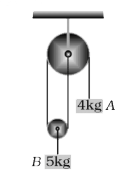
Find acceleration of A.View SolutionFor the situation shown in the figure below mark out the correct statement (s) -
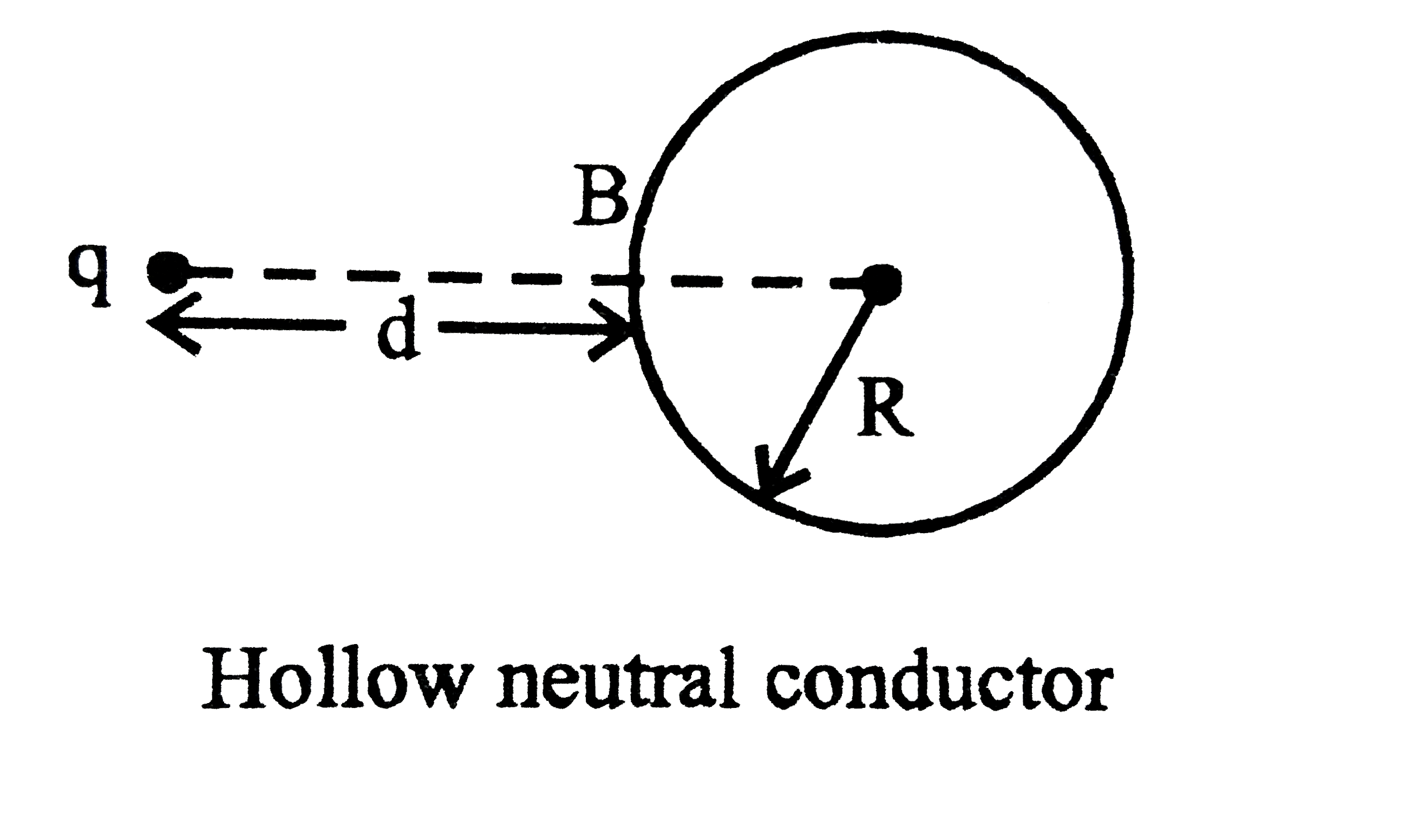 .View Solution
.View SolutionFind the acceleration of the block of mass M in the situation shown in figure. All the surfaces are frictionless.
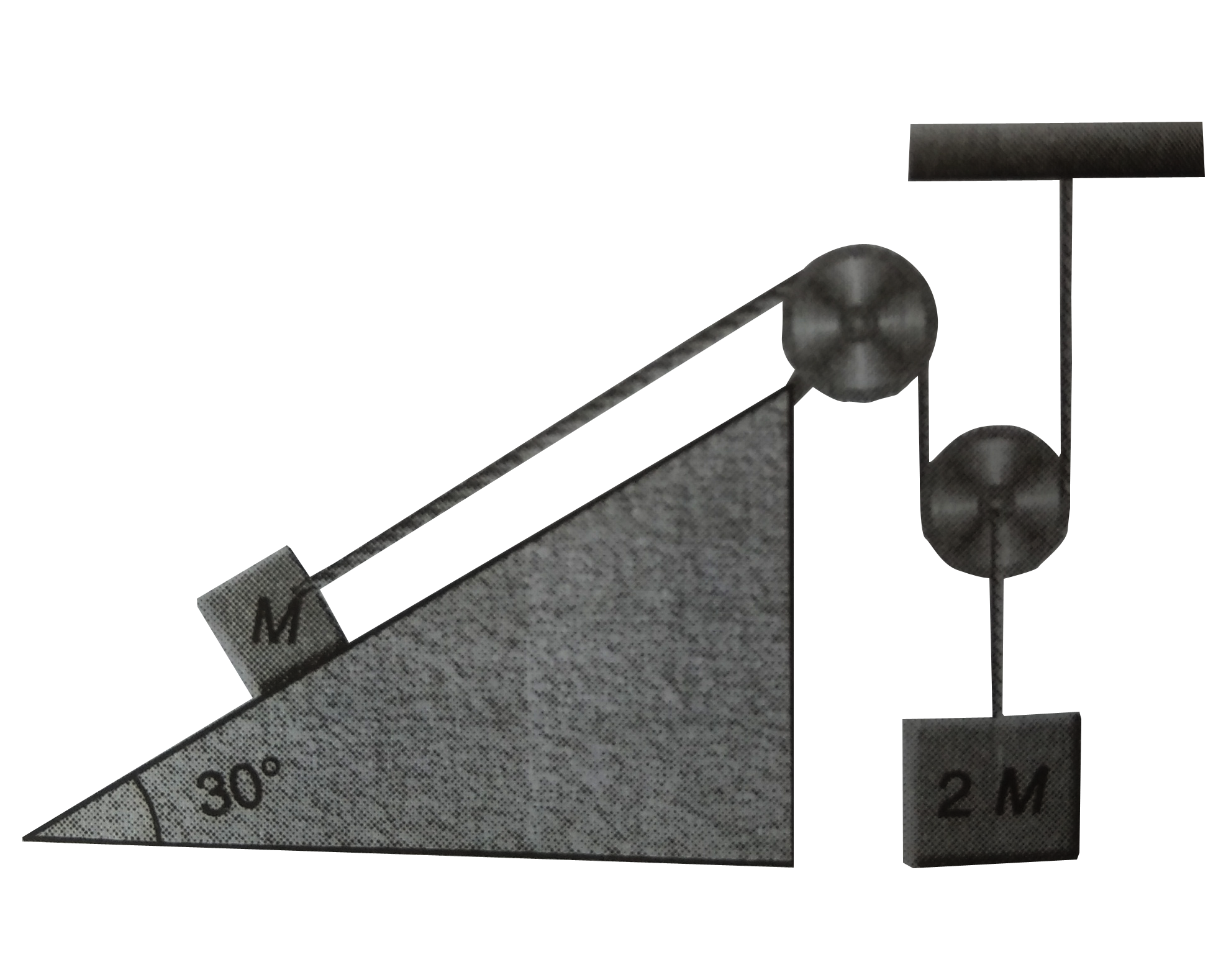 View Solution
View SolutionFind the acceleration of the block of mass M in the situation shown in figure. All the surfaces are frictionless.
 View Solution
View Solutionfive charge q1,q2,q3,q4and q5 are fixed at their positions as shown in figure .s is Gaussian surface .The Gauss's law is given by ∮→E.→ds=qε0
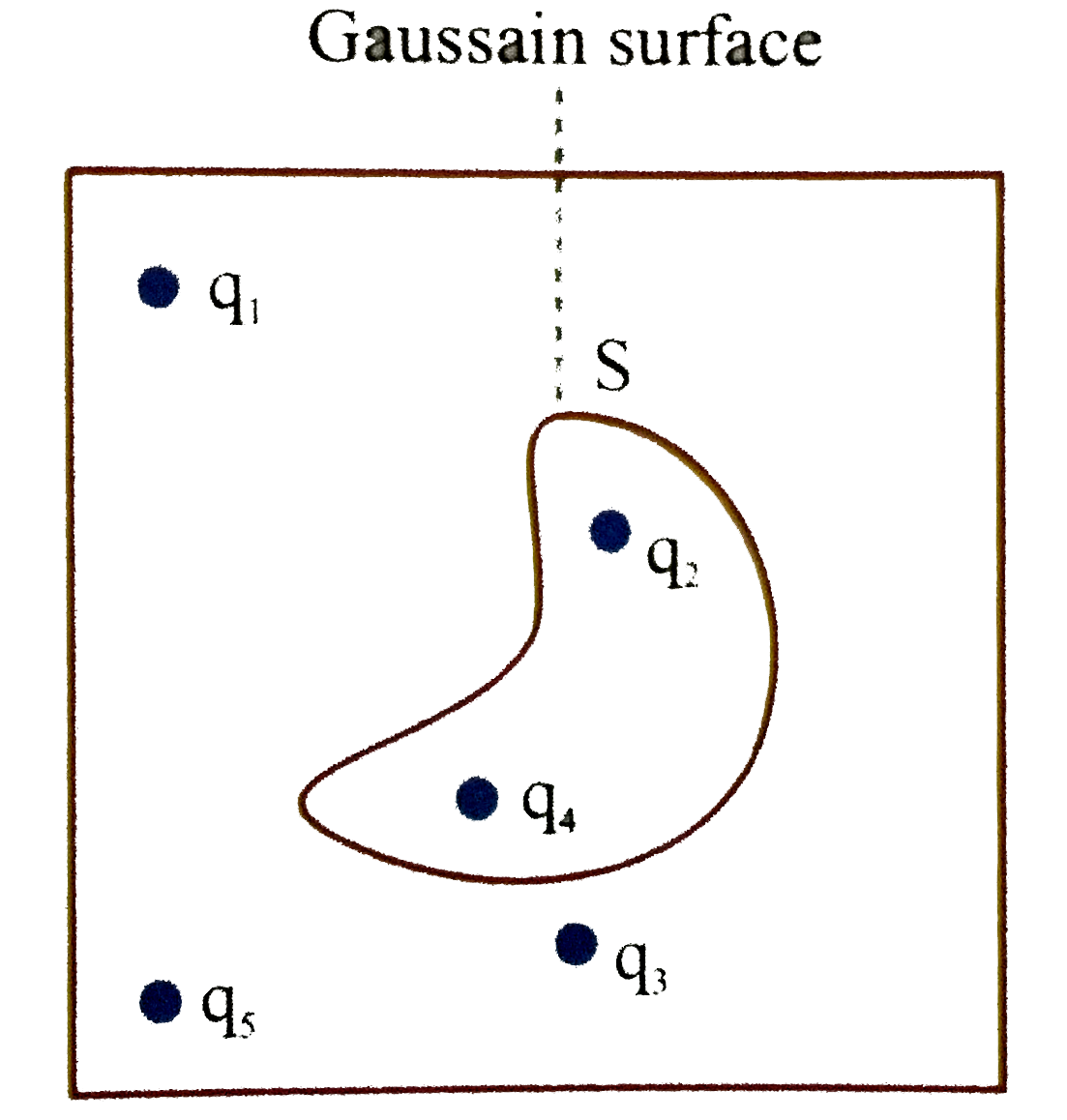
Which of the following statement is correct?View SolutionFive charges q1,q2,q3,q4andq5 are fixed at their positions as shown in figure. S is Gaussian surface. The Gauss's law is given by ∮→ES⋅→ds=qε0. Which of the following statements is correct?
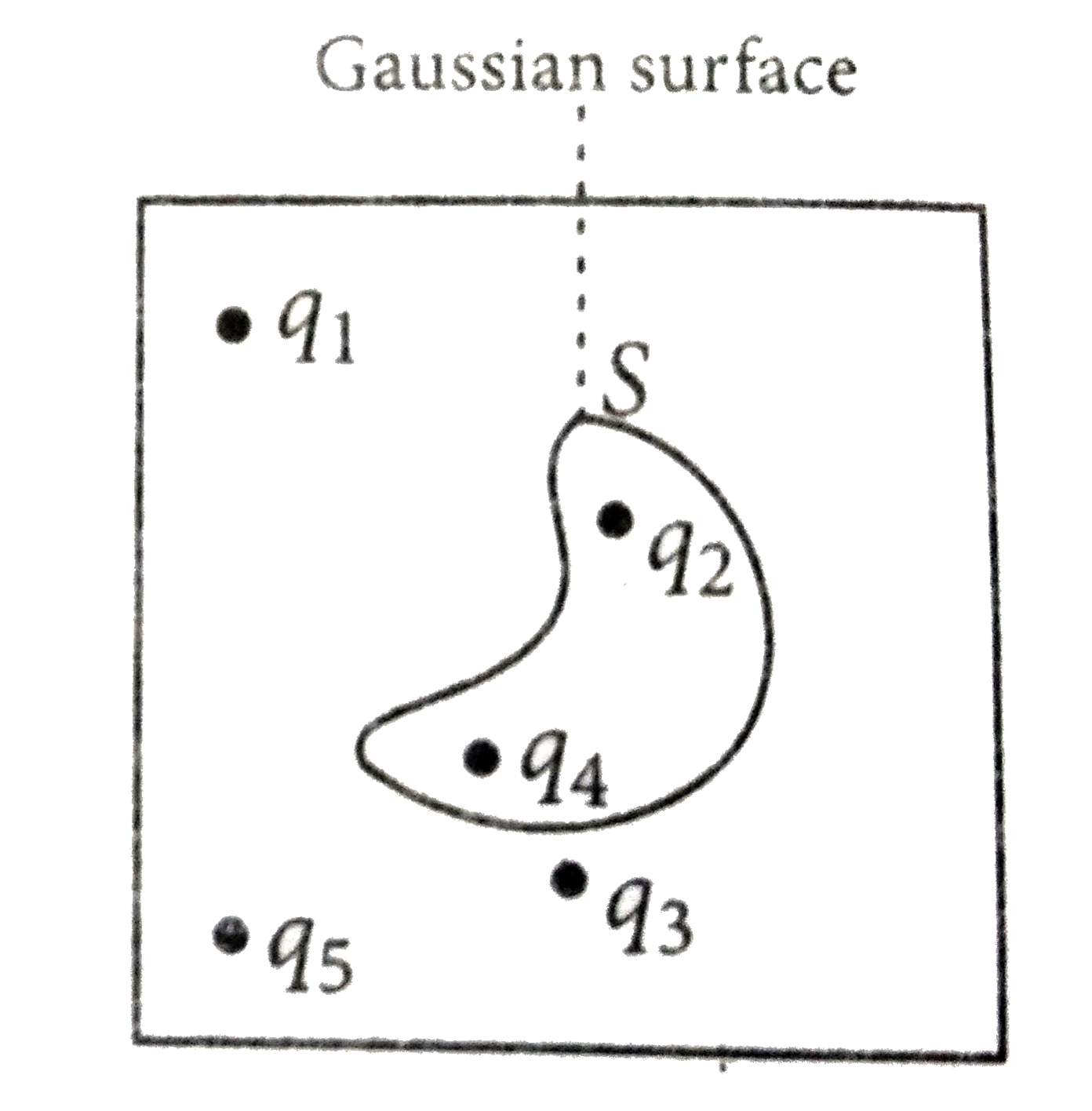 View Solution
View SolutionConsider the Gaussian surface that surrounds parts of the charge distribution shown in figure. Then the contribution to the electric field at point P arises from charges
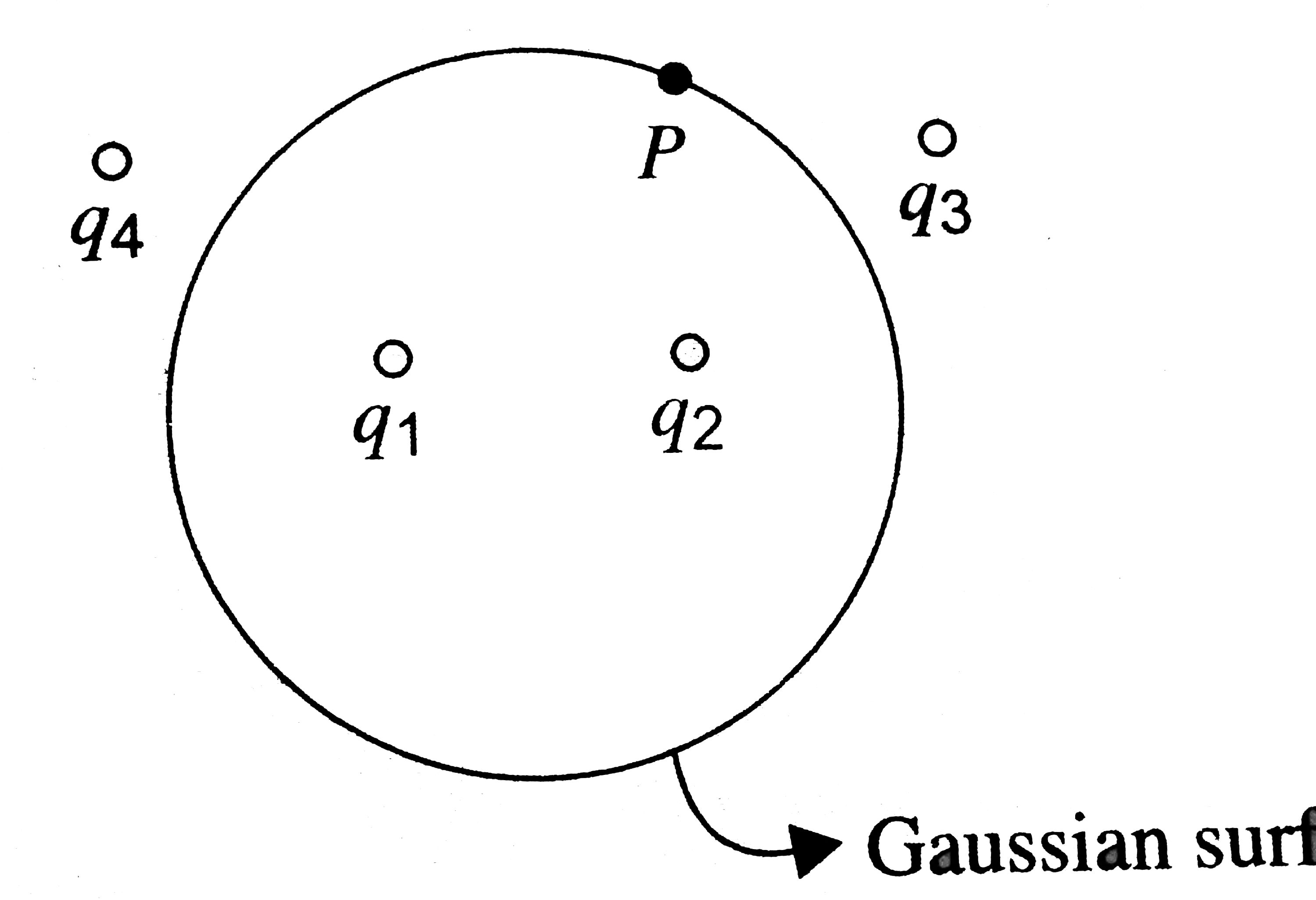 View Solution
View SolutionAn infinite, uniformly charged sheet with surface charge density σ cuts through a spherical Gaussian surface of radius R at a distance X from its center, as shown in the figure. The electric flux Φ through the Gaussian surface is .
 View Solution
View Solution

